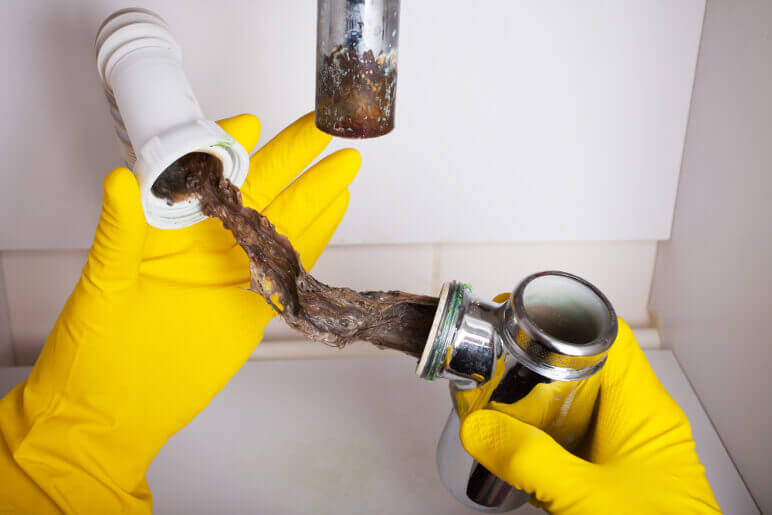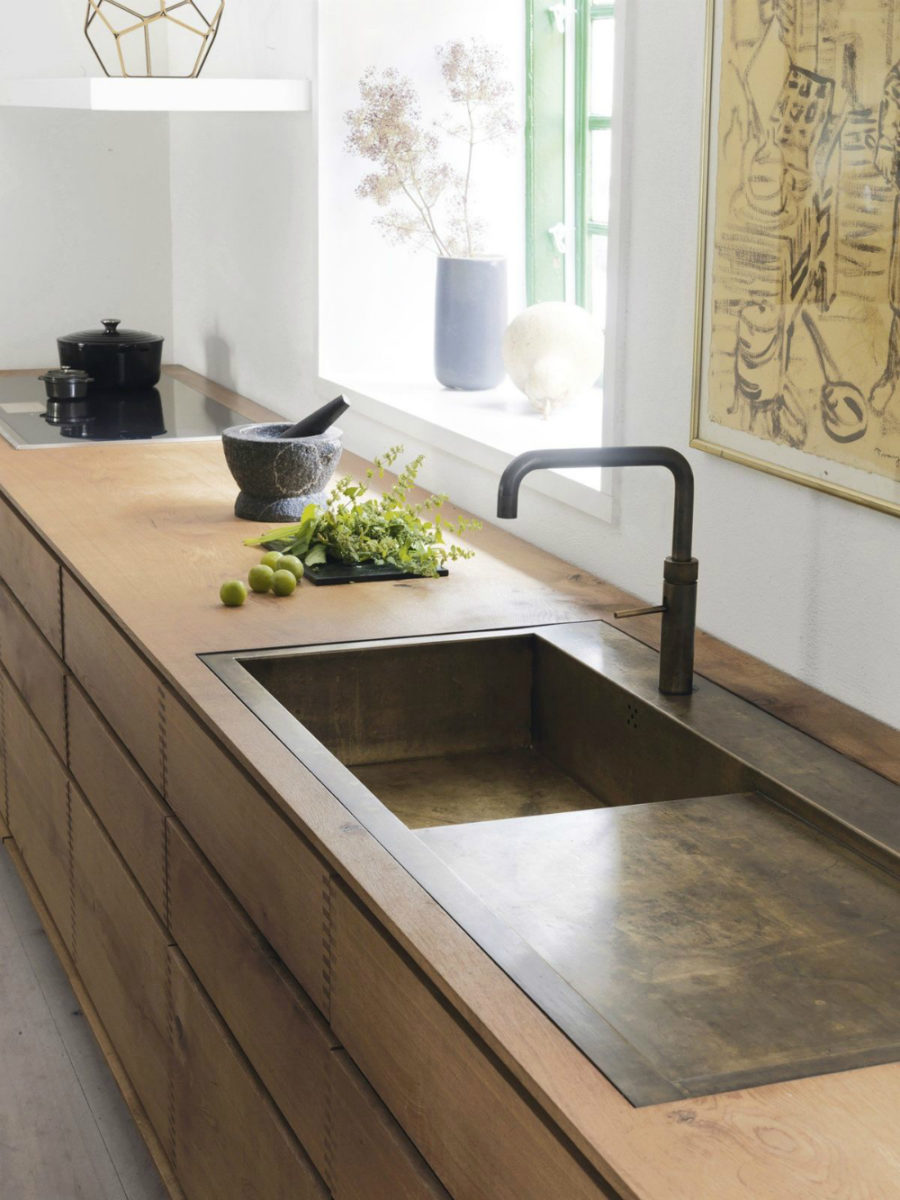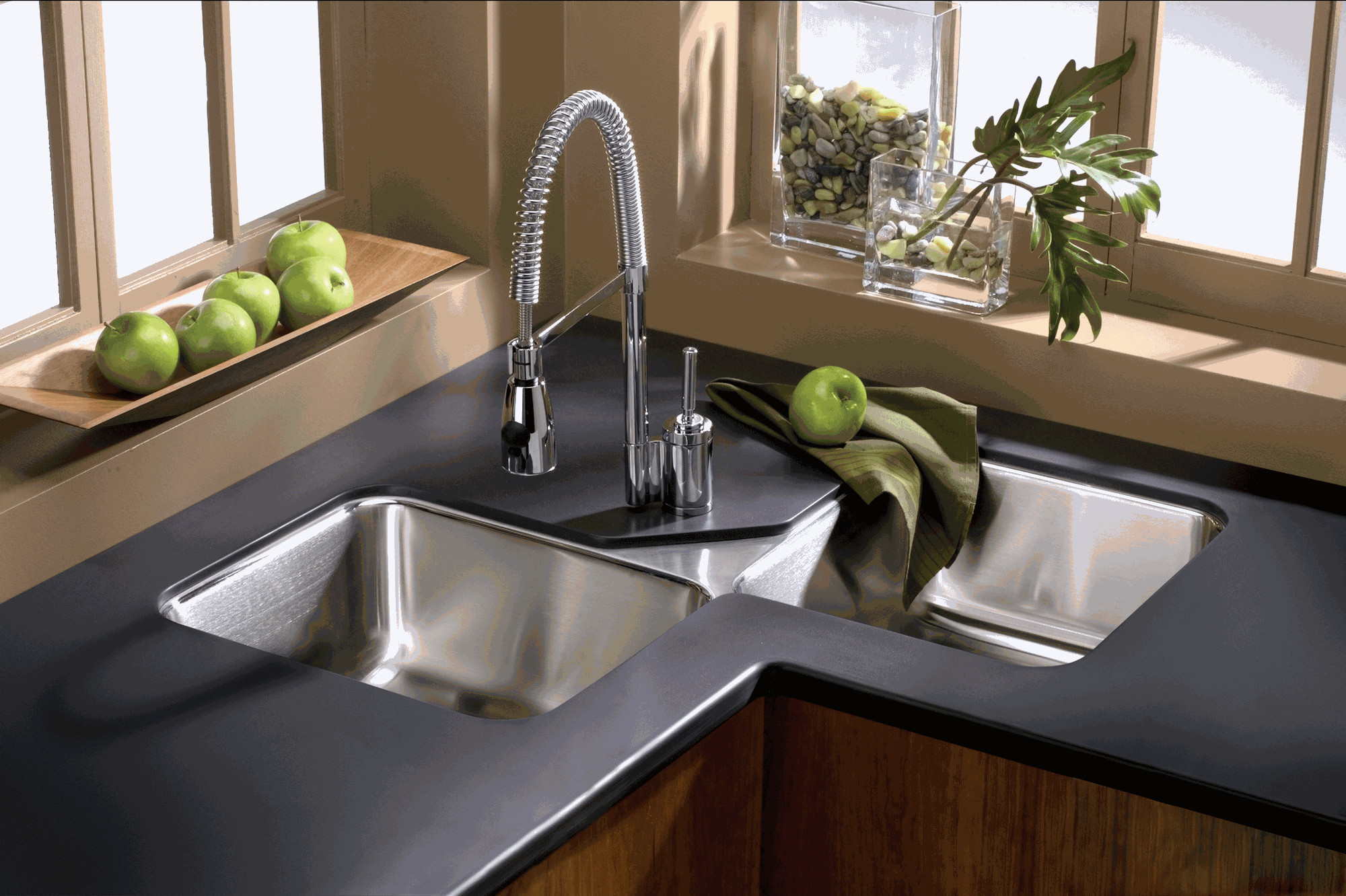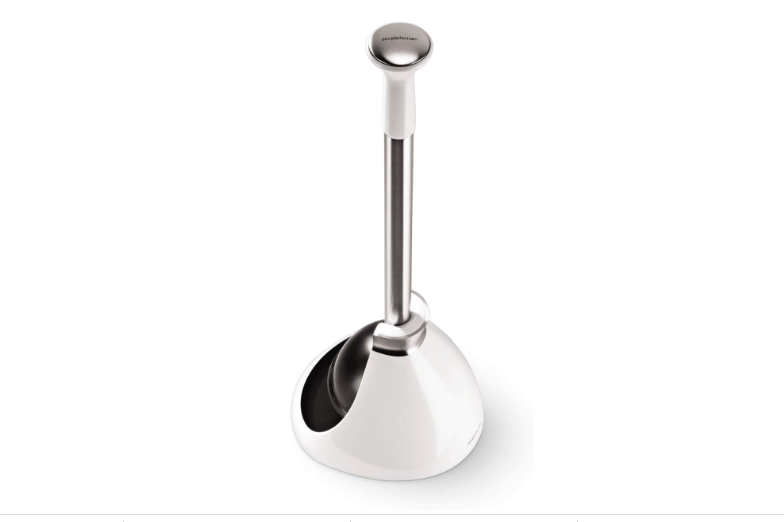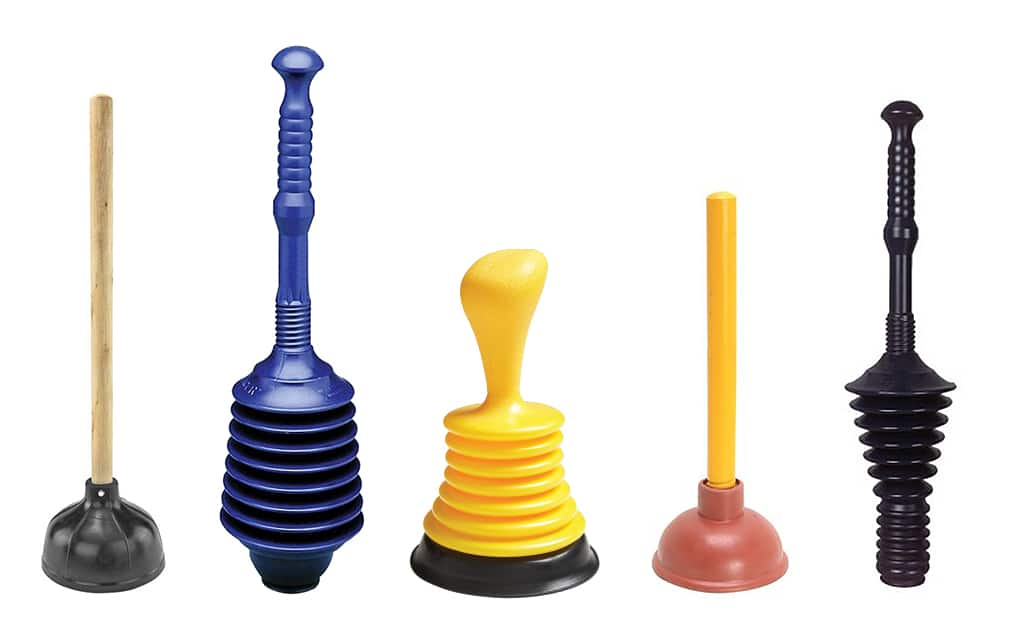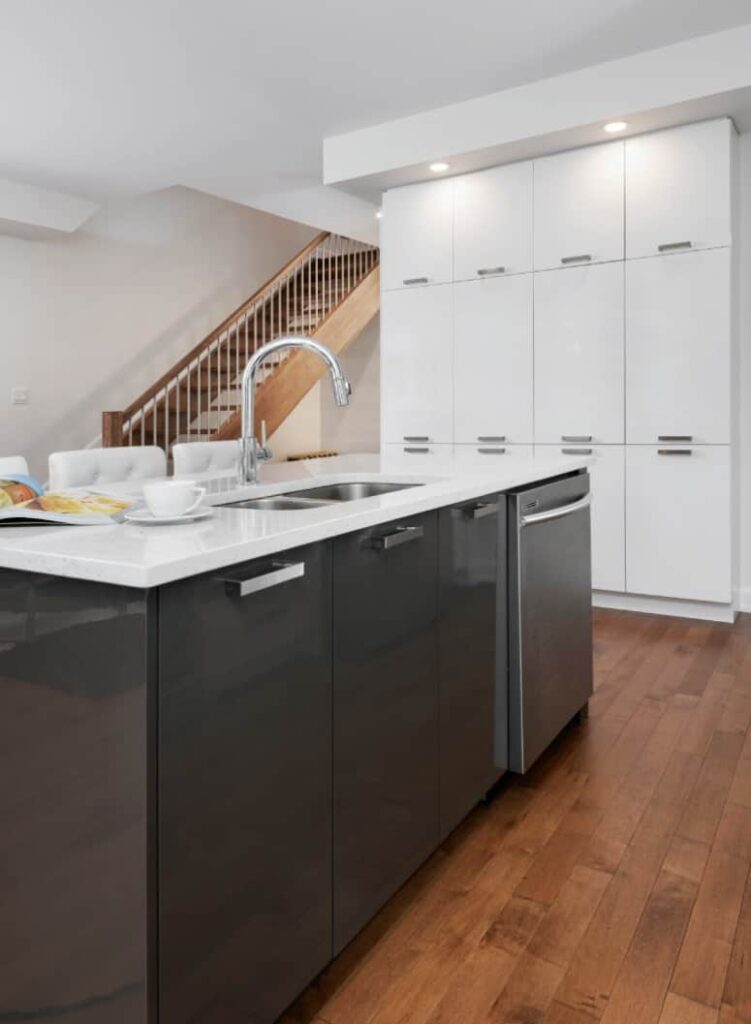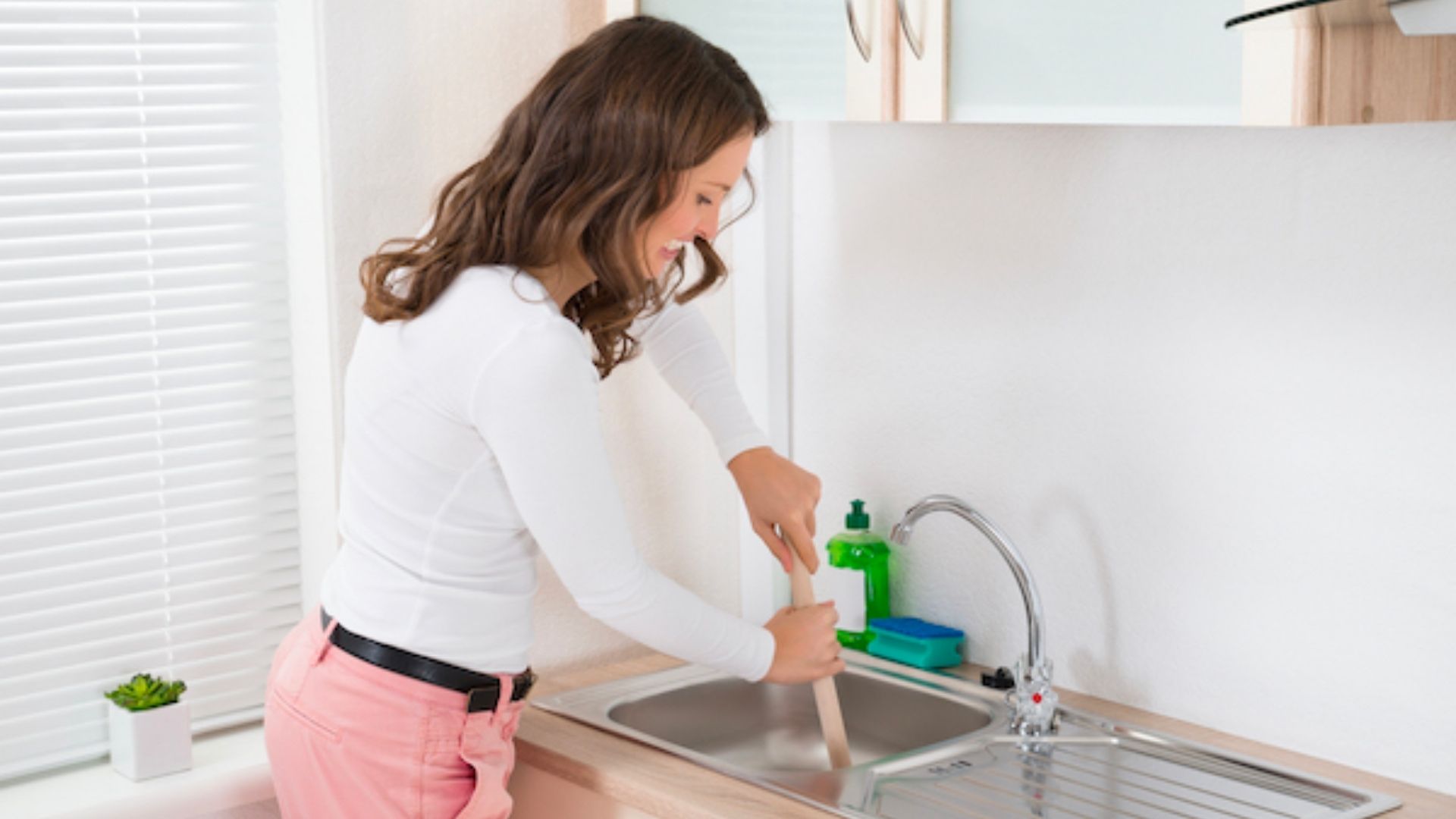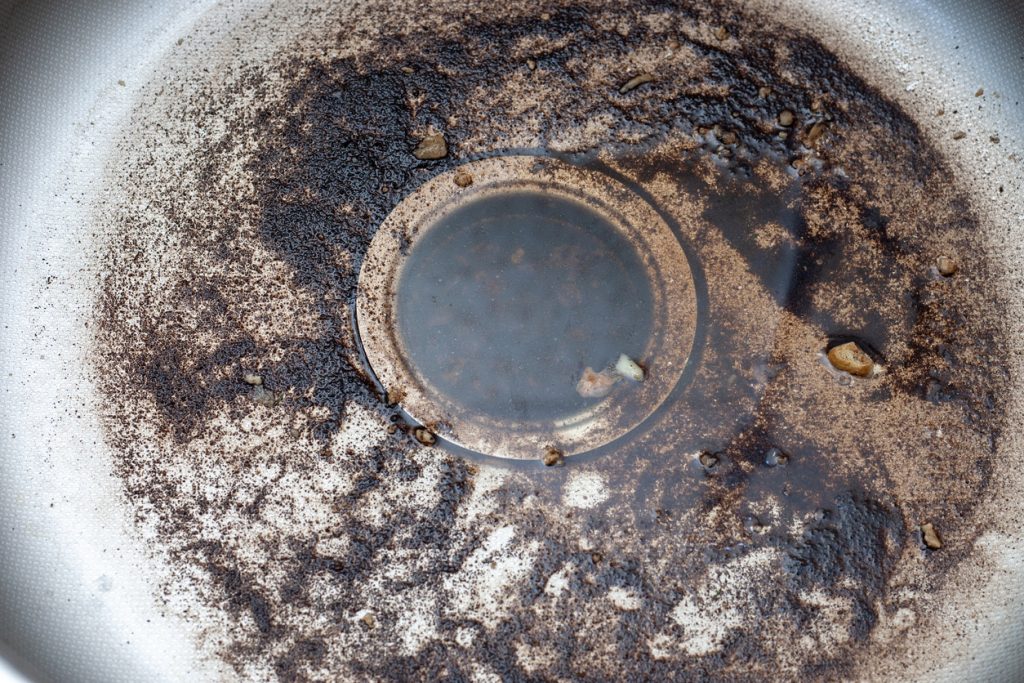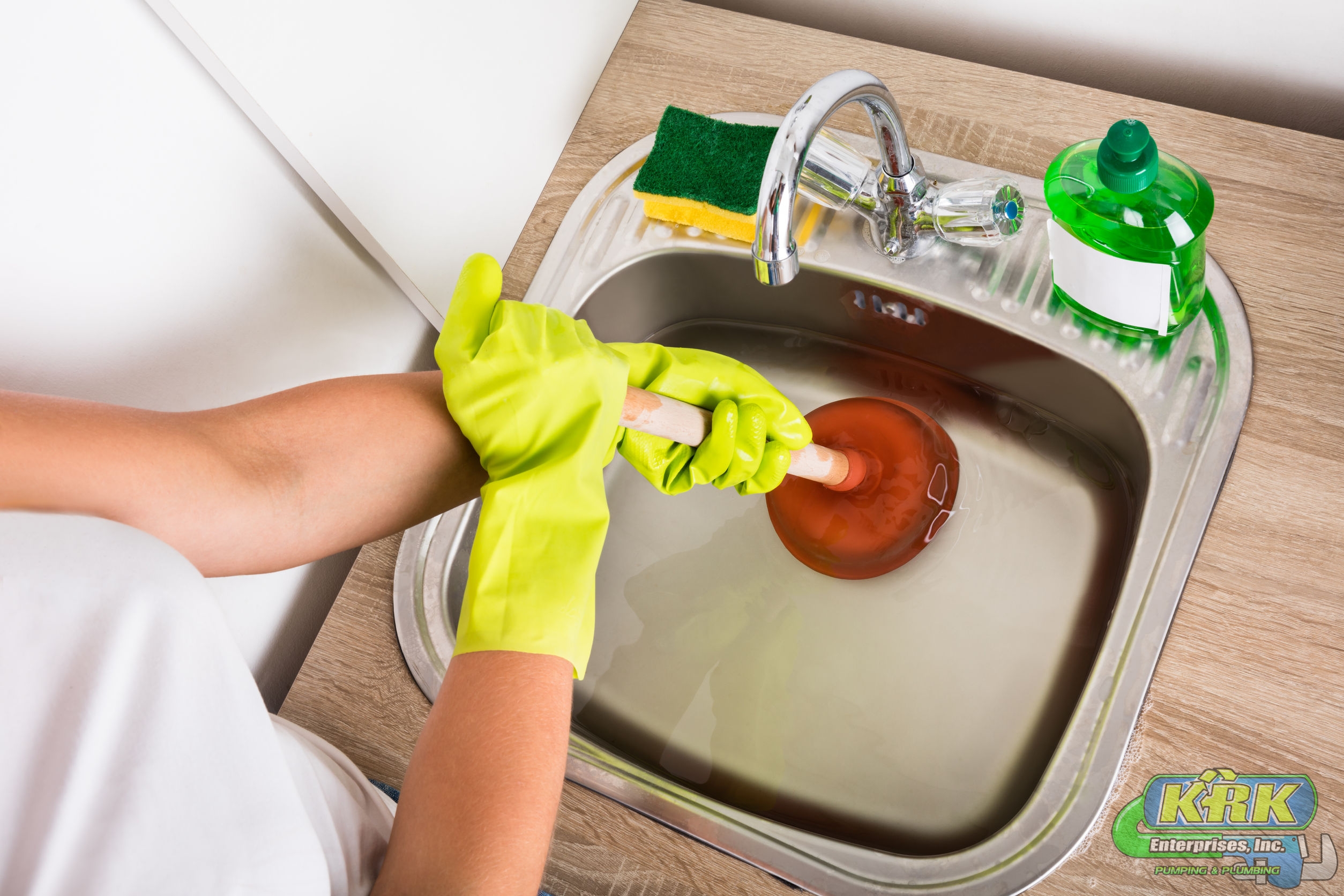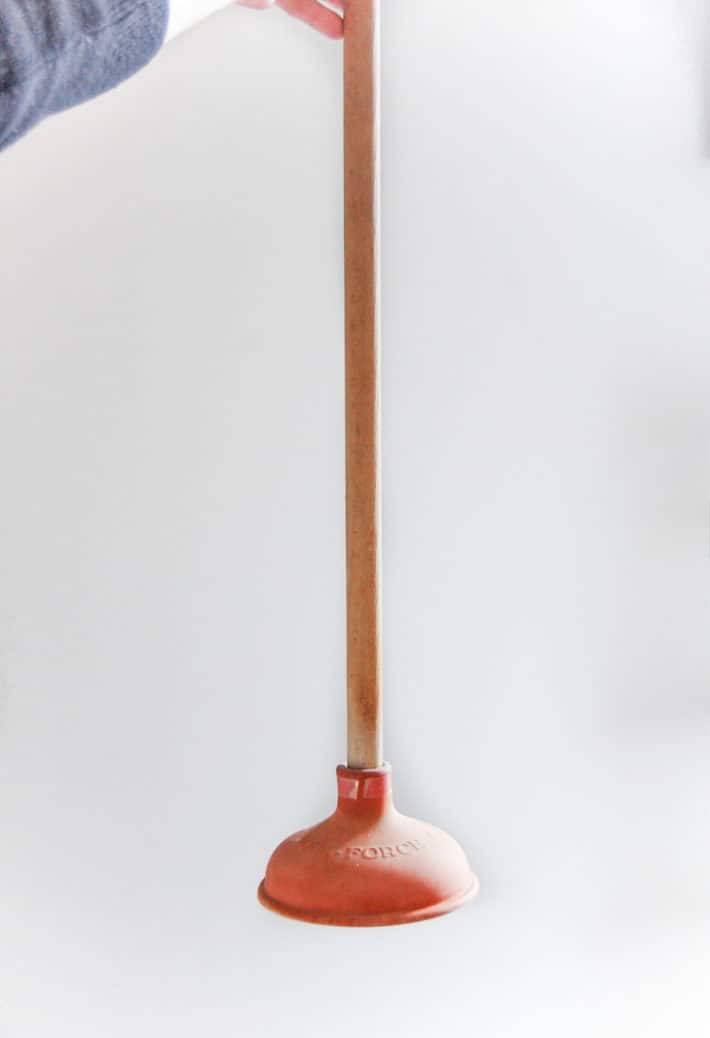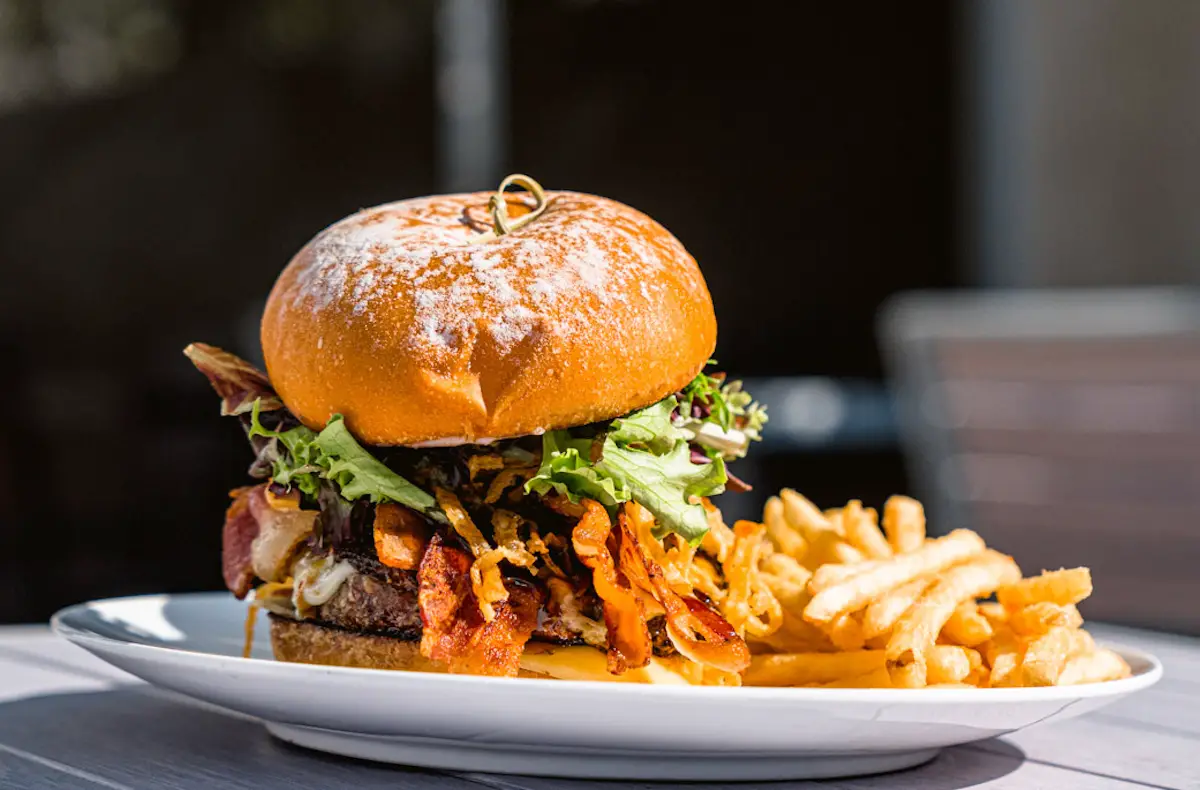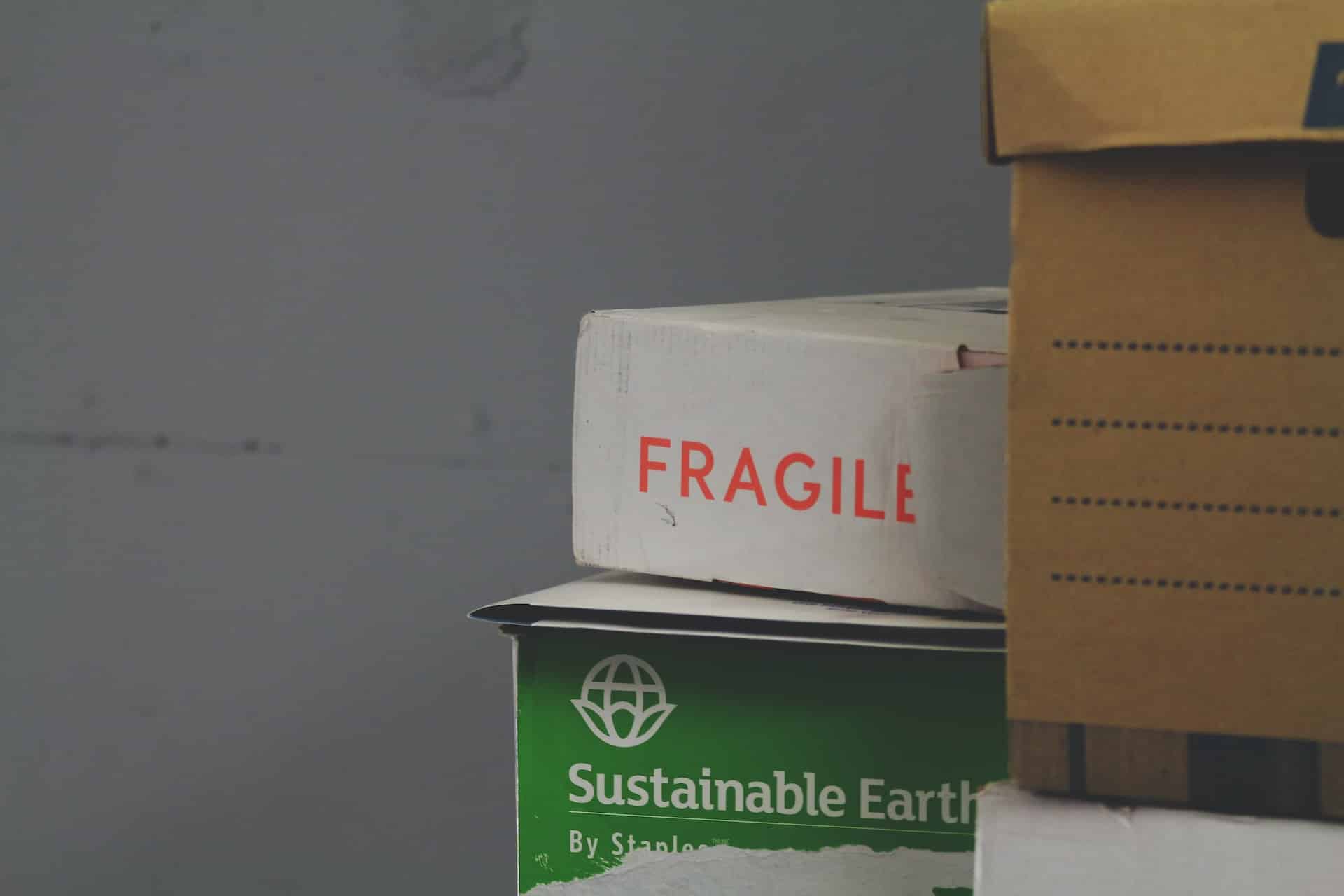Plunging a kitchen sink may seem like a simple task, but if not done correctly, it can lead to costly and damaging consequences. Here are some steps to safely plunge a kitchen sink: Step 1: Assess the situation - Before plunging, it's important to determine the cause of the clog. If it's a minor blockage caused by food scraps, a plunger may be effective. However, if the clog is caused by a foreign object or grease buildup, plunging may not work and could cause further damage. Step 2: Protect the area - Plunging can be messy, so it's important to protect the surrounding area with towels or a plastic sheet. This will make the cleanup process much easier. Step 3: Use the right plunger - Not all plungers are created equal. For a kitchen sink, it's best to use a sink plunger with a flat bottom and a short handle. This will provide better suction and control. Step 4: Fill the sink with water - If the sink is empty, fill it with enough water to cover the plunger. This will create a seal and make plunging more effective. Step 5: Plunge gently - Start by placing the plunger over the drain and slowly push down, then pull up in a gentle motion. This will create suction and help dislodge the clog. Repeat this action several times until the water starts to drain. Step 6: Check for success - After plunging, check to see if the water is draining properly. If not, you may need to try again or try a different method.1. How to Safely Plunge a Kitchen Sink
Plunging a kitchen sink can be a quick and easy solution to a clogged drain, but it's important to follow these dos and don'ts to avoid causing more damage: Do:2. The Dos and Don'ts of Plunging a Kitchen Sink
Plunging a kitchen sink can be effective in clearing clogs, but if not done correctly, it can cause damage to your sink and pipes. Here are some tips to avoid causing damage while plunging:3. Tips for Plunging a Kitchen Sink Without Causing Damage
Properly plunging a kitchen sink is not just about unclogging a drain, it's also about preventing further damage and maintaining the health of your plumbing system. Here's why it's important to plunge a kitchen sink properly:4. The Importance of Properly Plunging a Kitchen Sink
If plunging doesn't work for a clogged kitchen sink, there are a few other methods you can try before calling a professional plumber:5. What to Do if Plunging Doesn't Work for a Clogged Kitchen Sink
When it comes to plunging a kitchen sink, not all plungers are created equal. Here are some features to look for in the best plunger for kitchen sinks:6. The Best Plunger for Kitchen Sinks
Plunging a kitchen sink may seem straightforward, but there are some common mistakes that can cause further damage. Here's how to avoid these mistakes:7. How to Avoid Common Mistakes When Plunging a Kitchen Sink
Improperly plunging a kitchen sink can lead to more serious and costly issues down the line. Here are some dangers of not plunging a kitchen sink properly:8. The Dangers of Improperly Plunging a Kitchen Sink
While plunging can be an effective method for unclogging a kitchen sink, it's not always safe to do so. Here are some signs that it may not be safe to plunge your kitchen sink:9. How to Tell if It's Safe to Plunge a Kitchen Sink
If you're not comfortable plunging a kitchen sink yourself or if the clog persists after multiple attempts, it's best to call a professional plumber. Here are some benefits of hiring a professional to plunge your kitchen sink:10. The Benefits of Hiring a Professional to Plunge a Kitchen Sink
Why Plunging a Kitchen Sink is an Easy and Safe Solution for Clogged Drains

Understanding the Common Causes of Clogged Kitchen Sinks
 A clogged kitchen sink is a common problem that homeowners face. It can be caused by various factors such as food scraps, grease buildup, and foreign objects. Over time, these substances can accumulate and create a blockage in your pipes, causing water to back up and creating a messy and unpleasant situation. Not only is a clogged sink inconvenient, but it can also lead to more serious plumbing issues if not addressed promptly.
A clogged kitchen sink is a common problem that homeowners face. It can be caused by various factors such as food scraps, grease buildup, and foreign objects. Over time, these substances can accumulate and create a blockage in your pipes, causing water to back up and creating a messy and unpleasant situation. Not only is a clogged sink inconvenient, but it can also lead to more serious plumbing issues if not addressed promptly.
The Benefits of Plunging a Kitchen Sink
 Many people are hesitant to use a plunger on their kitchen sink, thinking that it may cause damage or make the situation worse. However, plunging is actually a safe and effective method for unclogging a kitchen sink. Here are some of the benefits of plunging:
1. Quick and Easy Solution:
Plunging a kitchen sink is a simple and straightforward process that can be done by anyone. It doesn't require any special tools or skills, making it a convenient solution for homeowners.
2. Safe for Your Pipes:
Contrary to popular belief, plunging is a safe method for unclogging drains. It exerts pressure on the clog, forcing it to break apart and move through the pipes. This method is gentle on your pipes and won't cause any damage.
3. Cost-effective:
Calling a plumber to unclog your kitchen sink can be expensive. By plunging it yourself, you can save money and avoid unnecessary expenses.
Many people are hesitant to use a plunger on their kitchen sink, thinking that it may cause damage or make the situation worse. However, plunging is actually a safe and effective method for unclogging a kitchen sink. Here are some of the benefits of plunging:
1. Quick and Easy Solution:
Plunging a kitchen sink is a simple and straightforward process that can be done by anyone. It doesn't require any special tools or skills, making it a convenient solution for homeowners.
2. Safe for Your Pipes:
Contrary to popular belief, plunging is a safe method for unclogging drains. It exerts pressure on the clog, forcing it to break apart and move through the pipes. This method is gentle on your pipes and won't cause any damage.
3. Cost-effective:
Calling a plumber to unclog your kitchen sink can be expensive. By plunging it yourself, you can save money and avoid unnecessary expenses.
Tips for Plunging Your Kitchen Sink
 1. Use the Right Plunger:
Make sure to use a cup plunger specifically designed for sinks. This type of plunger has a flat bottom that creates a seal around the drain, making it more effective in unclogging.
2. Add Water:
Before plunging, add enough water to cover the rubber part of the plunger. This creates a better seal and increases the pressure.
3. Plunge with Force:
When plunging, make sure to do it with enough force to create pressure. This will help to dislodge and break apart the clog.
1. Use the Right Plunger:
Make sure to use a cup plunger specifically designed for sinks. This type of plunger has a flat bottom that creates a seal around the drain, making it more effective in unclogging.
2. Add Water:
Before plunging, add enough water to cover the rubber part of the plunger. This creates a better seal and increases the pressure.
3. Plunge with Force:
When plunging, make sure to do it with enough force to create pressure. This will help to dislodge and break apart the clog.
In Conclusion
 Plunging a kitchen sink is a safe and easy solution for unclogging drains. By understanding the common causes of clogs and following some simple tips, you can effectively clear your clogged sink without any hassle. Remember to always use a plunger and avoid using harmful chemicals that can damage your pipes. If the clog persists, it may be time to call a professional plumber for further assistance.
Plunging a kitchen sink is a safe and easy solution for unclogging drains. By understanding the common causes of clogs and following some simple tips, you can effectively clear your clogged sink without any hassle. Remember to always use a plunger and avoid using harmful chemicals that can damage your pipes. If the clog persists, it may be time to call a professional plumber for further assistance.








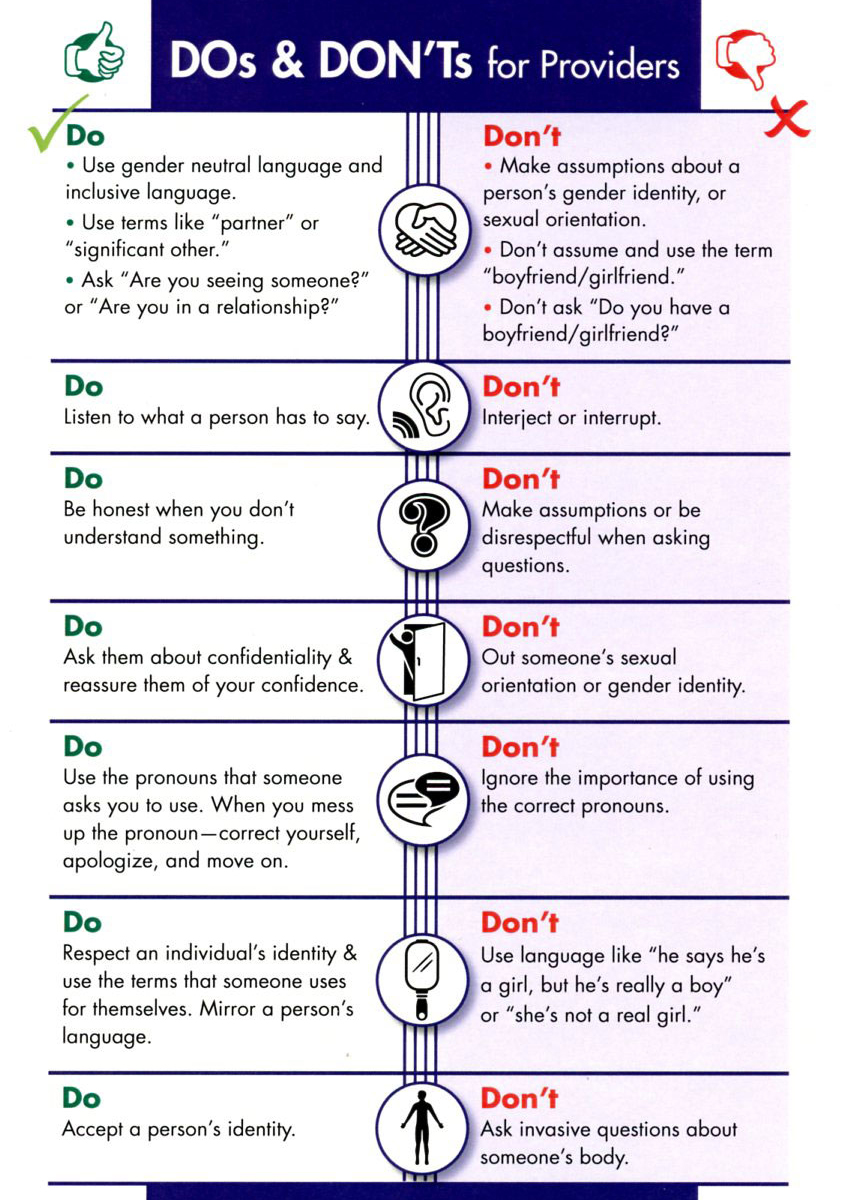
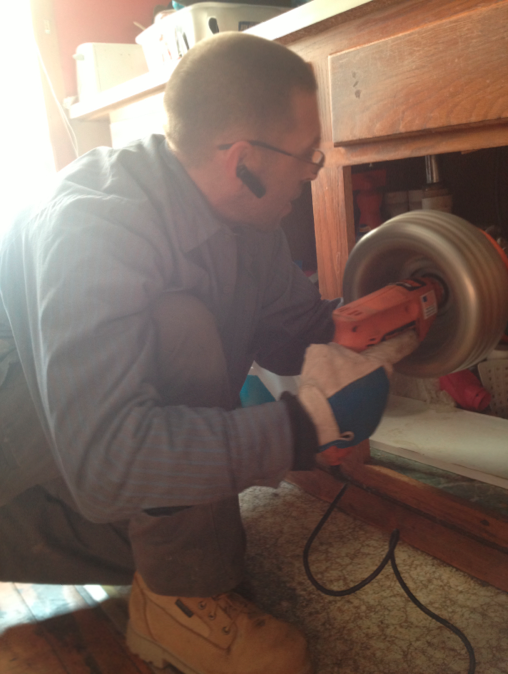





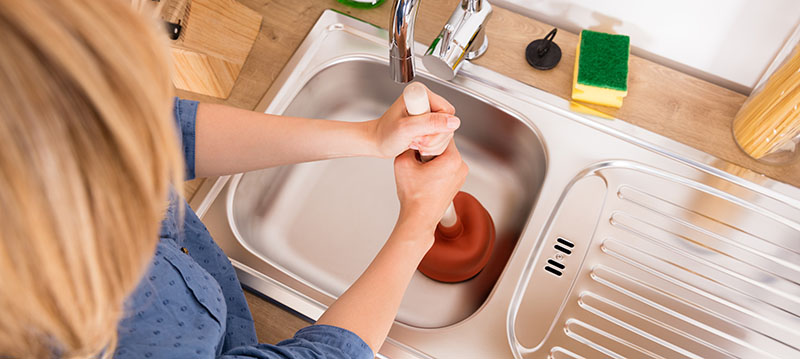



















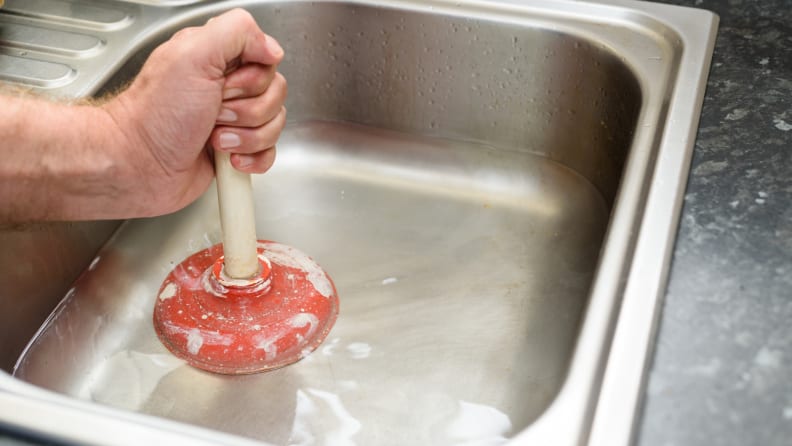


:max_bytes(150000):strip_icc()/Nicole-Kidman-Oscars-Lead-412e63cd854c4ba89a48b22fa0162c1d.jpg)






